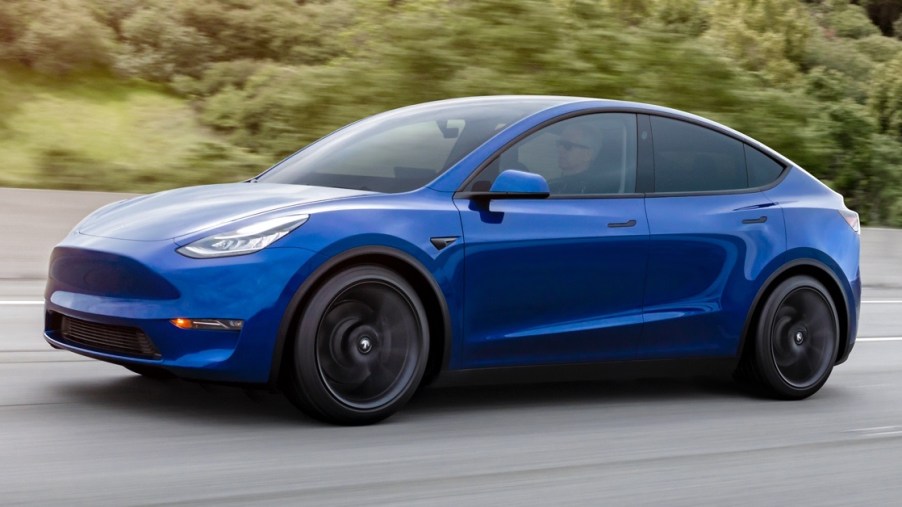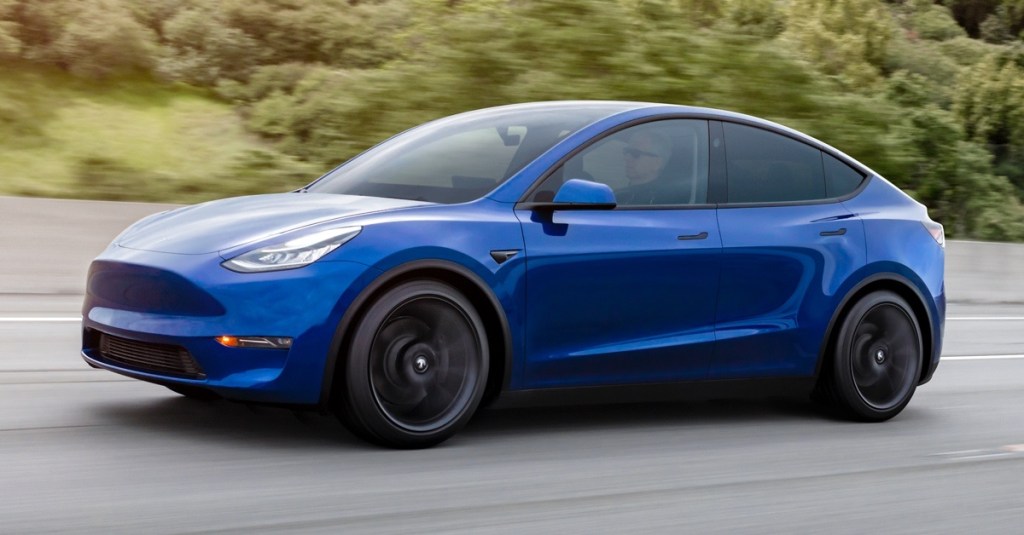
Is Tesla Vision Better Than Radar?
Is Tesla Vision better than radar? That’s a question many Tesla owners (and curious people) might be asking now that Tesla has ditched radar in favor of Tesla Vision. What prompted the move, and is Tesla Vision, or something like it, the future for car technology?

How does Tesla Vision work?
Tesla Vision is a camera-based system which monitors a vehicle’s surroundings. Most car manufacturers use radar and lidar in addition to cameras as well. On the other hand, Tesla Vision will only use cameras and neural net processing for its functions like Autopilot, its semi-automated driving system, as well as cruise control and lane keeping assistance.
Neural net processing is an advanced algorithm based computer learning. Neural net processing analyzes data and looks for patterns. It connects with the neural network to study the data from not only its own computer, but also other computer systems on the network. This means that Tesla Vision will be constantly learning from all of the Teslas using Tesla Vision.
How does traditional radar work?
Most cars with advanced safety features like lane keeping assistance and pedestrian detection use radar technology. Radar technology sends out radio waves and measures the amount of time it takes to bounce off an object and come back. Lidar is also a common detection method. Lidar works similarly to radar technology, but sends out light instead of radio waves. However, Elon Musk has called lidar a “crutch,” and believes that camera-based systems are the future.
There is a learning curve for Tesla Vision
Because Tesla Vision uses a neural network to operate and improve its functionality, it won’t be perfect right away. In fact, Tesla is shipping new Model 3 and Model Y cars with Tesla Vision, but limiting the operation of some of its features.
While Tesla makes technical adjustments to Tesla Vision, features like Autosteer will be limited to a max speed of 75 MPH, and the following distance in its cruise control will be lengthened. Smart Summon, the driverless feature which allows a Tesla to leave its parking space and drive to its owner at a low rate of speed, will be disabled. So will Emergency Lane Departure Avoidance.
Which is better, Tesla Vision or radar?
The effectiveness of Tesla Vision alone remains to be seen. While Tesla works out the kinks and studies the safety of Tesla Vision by rolling it out in two of their highest volume vehicles, it’s impossible to confirm that it is superior to traditional detection systems. As a result, cars that use a combination of sensor systems have layered protection which enhance safety.
Of course, none of these advanced technologies replace a driver’s awareness. Safety features like pedestrian detection, lane keeping assistance and lane departure warning are supplemental to a driver’s attention, and shouldn’t replace it.


